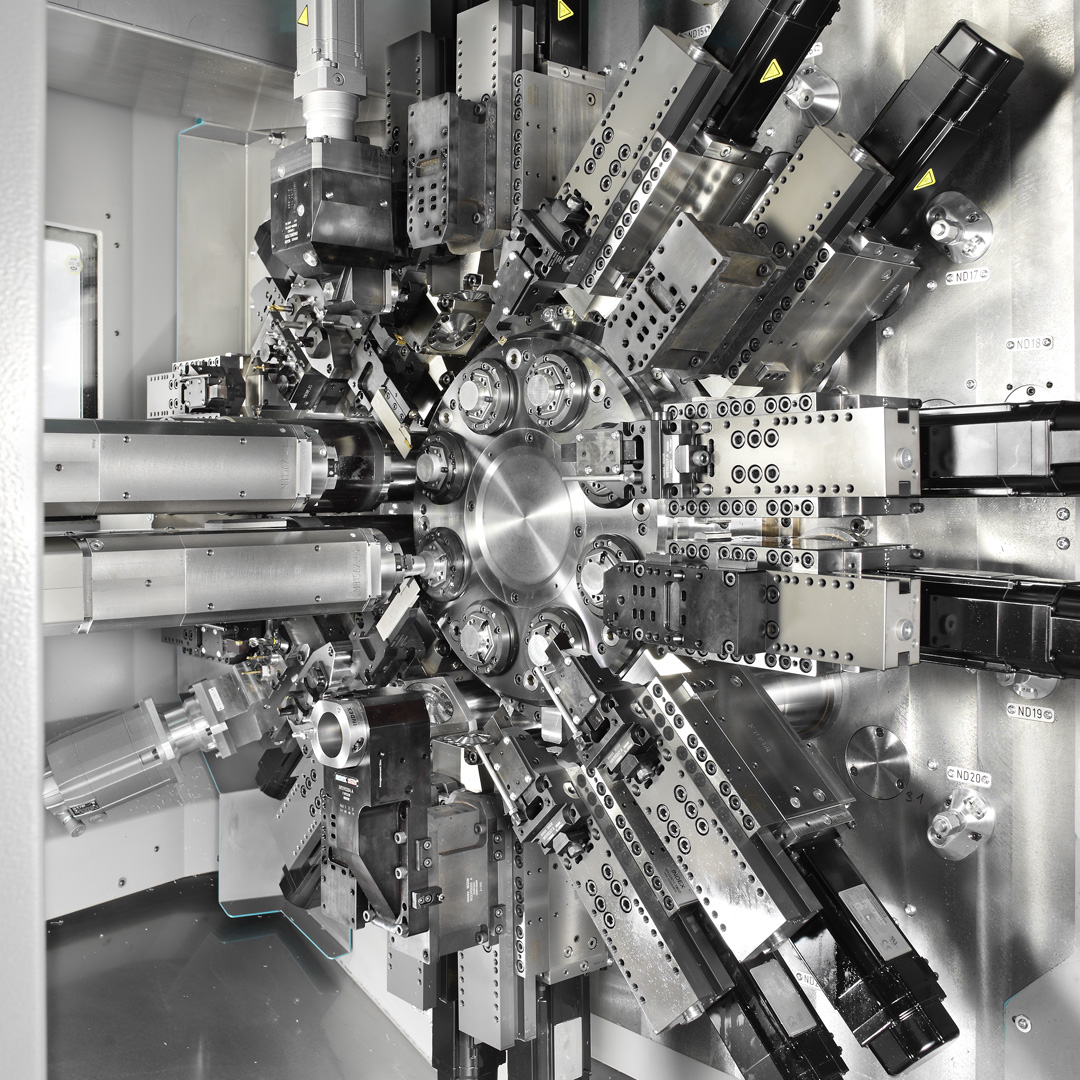
Multi-Spindle Technology at MetalQuest
At MetalQuest, we are dedicated to utilizing the latest advancements in machining technology to provide superior precision and efficiency for our clients. One of the most significant developments in our field is the transition from traditional screw machining to state-of-the-art multi-spindle CNC bar turning. This shift represents a leap forward from 1950s technology to the cutting-edge solutions of today.
The Rise of Multi-Spindle CNC Lathes
In line with the industry’s trend towards more flexible and cost-effective production methods, the demand for multi-spindle CNC lathes has surged among companies specializing in precision machining. These advanced machines offer numerous advantages over single-spindle CNC lathes, including higher production volumes, shorter cycle times, energy and space savings, and the ability to create more complex designs.
Capabilities of Multi-Spindle CNC Lathes
Multi-spindle CNC lathes at MetalQuest are equipped with multiple main spindles, each featuring several axes and capable of holding various fixed or rotating tools. This configuration allows for the distribution of machining operations across multiple positions, optimizing cycle times and enhancing efficiency.
For instance, roughing a profile can occur at one station while finishing takes place at another, eliminating the need to add cycle times as required in single-spindle operations. The kinematics of multi-spindle machines enable a wide range of operations, making them ideal for machining intricate geometries and complex parts.
Additionally, these machines come with counter-spindles equipped with C-axes and rework units, allowing for numerous secondary operations without the need for additional handling. This setup ensures high-precision bar turning and exceptional surface quality.
The Advantages of Multi-Spindle Technology
- Increased Production Volumes: Multi-spindle CNC lathes can handle higher volumes of small to medium-sized parts, making them ideal for large-scale production runs.
- Reduced Cycle Times: By performing multiple operations simultaneously, these machines significantly cut down on cycle times compared to single-spindle lathes.
- Energy and Space Efficiency: Multi-spindle lathes reduce the need for multiple single-spindle machines, leading to savings in both energy consumption and floor space.
- Enhanced Precision and Complexity: The ability to program different speeds for each spindle and perform various operations simultaneously allows for the creation of highly complex and precise parts.
Applications and Benefits
Multi-spindle CNC lathes are particularly advantageous for producing components that require tight tolerances and repeatable quality in high volumes. They are used to manufacture a wide range of parts, including connector bodies, fittings, rings, inserts, fasteners, rollers, bearings, and screws.
At MetalQuest, we leverage multi-spindle technology to produce components for diverse sectors such as automotive, IT, industrial equipment, and medical instrumentation. Our advanced machines allow us to handle materials of varying hardness and sizes, from small to medium-sized parts.
The Future of Precision Machining at MetalQuest
As we continue to innovate and expand our capabilities, MetalQuest remains committed to adopting the most modern production technologies. Our investment in multi-spindle CNC lathes positions us to meet the growing demands for high-precision, high-volume production.
By choosing MetalQuest, clients gain access to advanced machining solutions that ensure efficiency, precision, and cost-effectiveness. Our team of experts is ready to help you define the best machining options for your specific projects and deliver results that exceed expectations.
Contact MetalQuest today to learn more about our multi-spindle capabilities and how we can support your production needs with the latest in machining technology.
